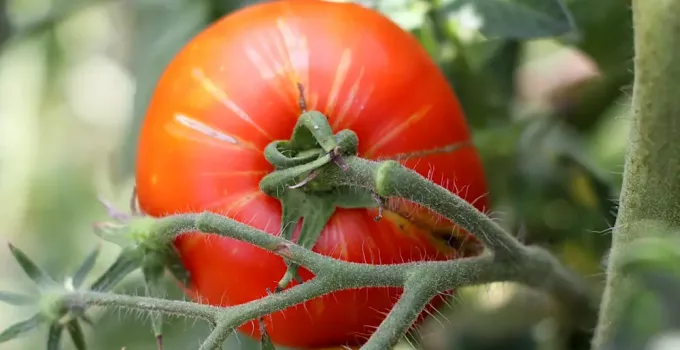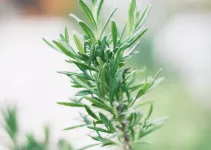The quick answer to the question how long does it take for tomatoes to grow is that it can take as little as 45 to 70 days until you can harvest some varieties but it can also take 80 days until other varieties are ready for completely ripe. It can also take as long as 100 days until they’re properly ripe and ready for harvest.
It’s a question that doesn’t have a direct universal answer that can be applied to absolutely all tomatoes.
Before going into the different varieties of tomatoes that you can grow, I want to let you know that you’ll come across words like until maturity.
What does tomato plant maturity mean? It simply means the point where we can start picking the fruits/vegetables, they’re ripe and ready for harvest and enjoyment. It holds the same meaning as harvesting time, it’s just a different way of saying it.
The days to maturity are calculated from the date of transplanting.
Table of Contents
How Long Does It Take for Tomatoes to Grow? Timeline for the Tomato Plant
This is an approximation and some of these timings will differ depending on variety but let me give you some general numbers:
- germination: 5 to 10 days until the seedlings appear; the seedlings can also appear in a week if the soil temperature is maintained around 80 degrees Fahrenheit
- the sprouts are then moved to a window that receives full light or under grow lights
- when they have 2 sets of leaves, each seedling can be moved to its own individual small pot or its own individual container, you can also feed them fertilizer
- from germination to seedlings that are ready for transplant it can take about 6-8 weeks – it’s easier to tell by the fact that seedlings are ready to be transplanted when they’re at least 6-8 inches tall and the soil outdoors is warm, the soil temperature should ideally be 65 to 70 degrees Fahrenheit
- after transplanting, it can take at least 1 to 2 months before producing fruit
How Long Does It Take for Tomatoes to Grow & Reach Maturity?
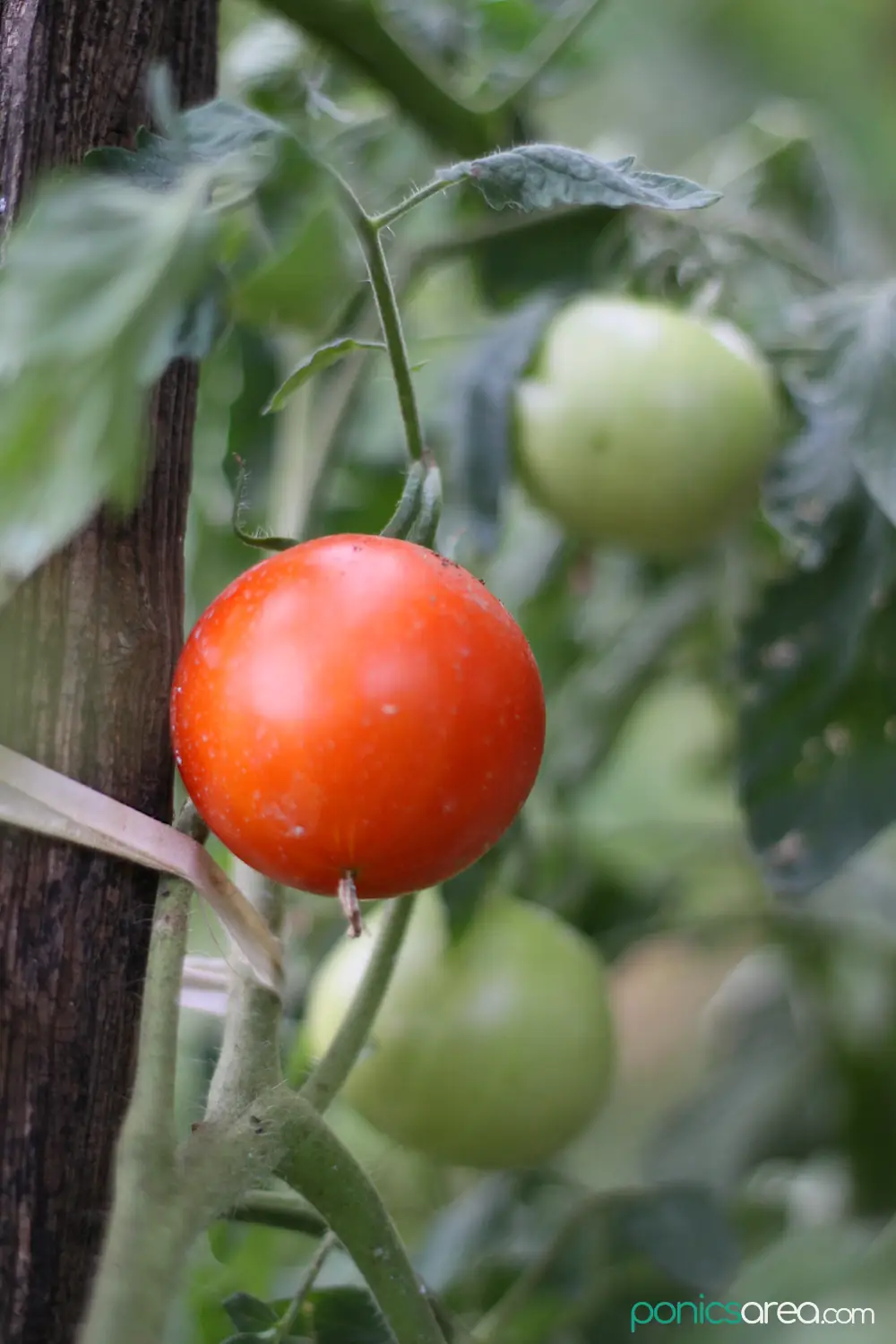
You might already know that we can group tomatoes into 2 categories:
- determinate – all the fruits ripen at once and there’s only one harvest, which is great if you want to process large batches of fruits at the same time, whether you use them for drying, canning, or you freeze the whole lot
- indeterminate – the plants produce fruit throughout the entire season over a 2-3 months period, until the cold weather sets in, which makes them a preferred option for many home growers
Early season/Midseason/Late Season Tomatoes
If we go by how long does it take for tomatoes to grow, we can divide them into other 3 categories:
- early season – 45 to 60 days until maturity from the day of transplanting
- midseason – 60 to 80 days until they’re ready for harvest from the day of transplanting
- late season – 80 days up to 100 days until maturity from the day of transplanting
Therefore, how long does it take for tomatoes to grow depends heavily on which variety you’re actually growing. There’s no single number of days that applies to all tomatoes.
Cool-climate growing
Obviously, the conditions in which you’re growing the plant will also impact how long it takes until tomato plants reach maturity.
If you’re growing in a cool-climate, how long does it take for tomatoes to grow will hold a bit of a different answer for you.
Regarding these conditions, I want to reassure you that no matter where you live, if you have access to 6 or 7 hours of sunlight daily, you can definitely start your own tomato crop.
Or grow them indoors in containers throughout the year with the additional help of grow lights.
Generally, these different answers to how long it takes until tomatoes are ripe and ready for harvest apply to all situations: whether you’re growing outdoors or using indoor tomato growing kits or growing hydroponic tomatoes.
Tomato Varieties
Let’s see which are some of the best tomato varieties to grow. You can choose the ones that seem best for your conditions and circumstances.
You can actually find some interesting tables on usfeeds.com, where they include the days to maturity for each variety and the size of the fruit. I tell you about them because I can’t talk about dozens of varieties, it would take ages for me to compile that kind of information here.
I take most of my inspiration for all these varieties from a book. It’s called Not-So-Hot Tomatoes: Growing Delicious Tomatoes in Cooler Climates by Claire Splan.
I will indicate for each of them the answer to the question of how long does it take for tomatoes to grow, the days to maturity.
1. Currant Tomatoes
- Candyland – 55 days until maturity, indeterminate, impressive yield of small red tomatoes
- White Currant – 70/75 days until maturity, indeterminate, creamy yellow fruits if you want a change from the classic red
2. Grape Tomatoes
- Napa Grape – 65 days, indeterminate, prized for its sweetness
- Chocolate Sprinkles – 70 days, indeterminate, grows brick red with green striping fruits
- Jelly Beans – 66 days, indeterminate, red or yellow
3. Cherry Tomatoes
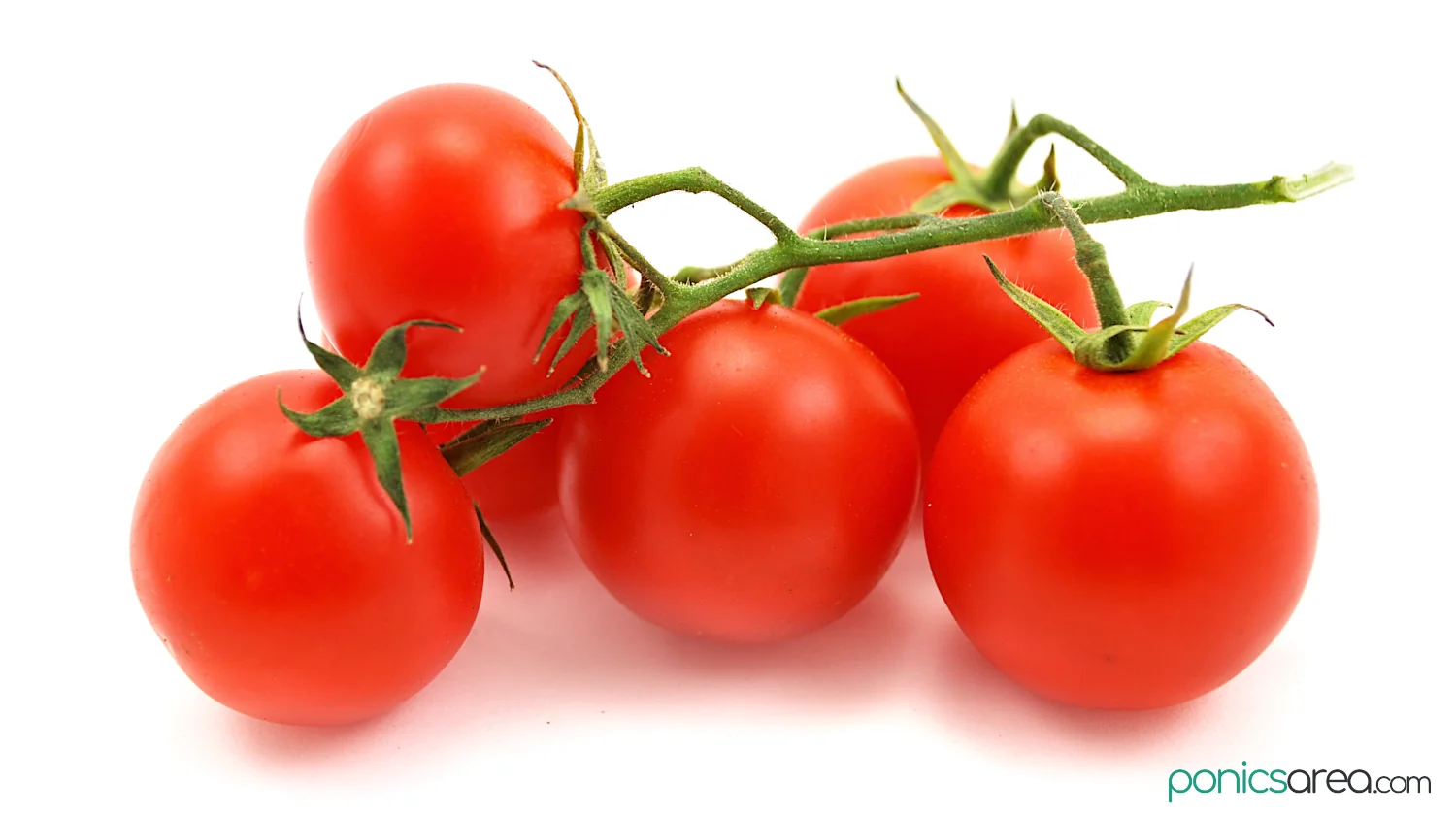
- Baby Boomer – 50/55 days, determinate, a bush tomato perfect for indoors or small gardens, quite nice 1-inch fruits, a perfect alternative to Tiny Tim, which takes longer to mature (60-90 days)
- Harmony – 60/70 days, indeterminate
- Sub-arctic Plenty (World’s Earliest) – 50 days but with 1 to 2-inch fruits, determinate
4. Slicing Tomatoes
- Fourth of July – 49 days, indeterminate, 4 oz fruits
- Summer Girl – 49/52 days, semi-determinate, 5 to 6 oz fruits
- Better Boy – 70/75 days, indeterminate, produces larger smooth fruits
- Beefmaster – 80 days, indeterminate, it can produce fruits that weigh up to 2 pounds
5. Sauce Tomatoes
- San Marzano – 78 days, indeterminate, has a longer season
- Roma – 70/80 days, determinate, a compact bush that produces a lot of fruit, great for indoors, too
6. Oxheart Tomatoes
- Anna Russian – 70 days, indeterminate, pinkish red 1 pound fruits
- Sunset’s Red Horizon – 72 days, indeterminate, red 2 to 3 pounds fruits
Germinate Seeds or Buy Seedlings?
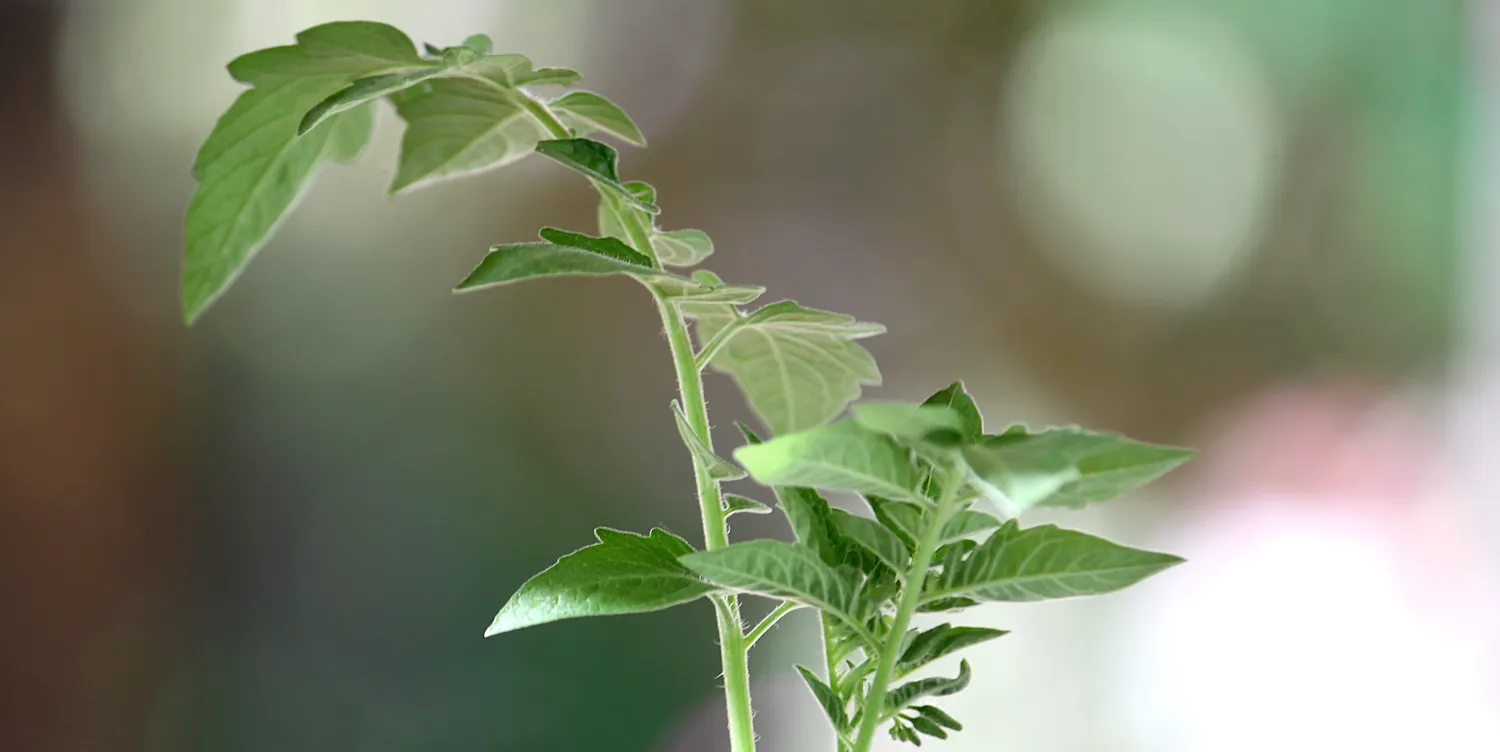
Moreover, there’s another aspect that you have to take into consideration: will you grow them from seeds, going through the germination phase, or will you buy the seedlings and directly transplant them into your grow beds, garden or containers?
I will tell you that a lot of people choose to germinate the seeds at home.
Germinating your own seeds is great if you want to grow more than 2 or 3 plants.
If you choose to grow from seeds, you also have access to that entire universe of varieties. You can experiment with whatever variety you want, you are not restricted in your choices.
If you want the chance to grow black, green, yellow, orange, bicolored or the classic red tomatoes, choosing to grow from seed can give you all that freedom.
It’s just a matter of coordinating how long it takes for the seedlings until they’re ready for transplant. The tomato might be a perennial but it’s grown as a warm-season annual due to its sensitivity to frost.
Nevertheless, if you only want to experiment with growing just one or two or three plants, then you should buy the transplants and take it from there. I don’t recommend going through the whole germination process if you just want to plant 2-3 seedlings in a container or a small spot in your garden.
How to Grow Tomatoes from Seed
Knowing how to germinate tomato seeds is not that different than other vegetables. You might already have some experience.
You can use germination trays or you can use any old plastic containers that you have around the house.
Here’s a YouTube video that I found that quickly shows us how to grow tomatoes from seed.
If you plan on transplanting them outdoors, you need to start the germination 6 to 8 weeks before the last frost date for your region.
How to germinate tomato seeds
You can sow the seeds in soil or germinate them in rockwool cubes, in case you want to grow hydroponically.
If you’re using soil, use a seed-starting soil. Or use a mix that contains: 1 part pshagnum peat moss and 1 part perlite/vermiculite.
During germination, you can’t use compost or fertilizer. The seeds contain all the needed nutrients.
Sow the seeds 1/4 inches deep. You can sow 2 seeds quite close together, just to make sure that at least 1 germinates successfully. For example, if you’re using a germination tray, sow 2 seeds per cell.
Germination conditions
Spray the whole soil with water or just drop a few drops of water with your fingers. Throughout germination, the soil should be sprayed once/twice daily, you need to keep the soil moist.
If you’re using a tray, it comes with a dome, which will stay on until the seedlings appear.
If you’re using regular plastic containers, just make sure that the containers are 3-4 inches deep. You can even cover them with plastic foil instead of a dome.
Make sure to maintain a warm environment, 75-77 degrees Fahrenheit.
To ensure better growth for the sprouts, you can place the tray/containers under grow lights when they emerge from the soil and you have removed the dome. Or just place them on a window sill that receives full light.
When the sprouts are about 2 inches tall, you should cut the weaker seedling at the soil level, if both seeds have germinated successfully.
Once the seedlings have 2 sets of leaves, you can feed them weekly with a soluble fertilizer. One formulated for seedlings will be awesome.
Transplanting tomato seedlings
Once those 2 sets of leaves appear, some might decide to transplant each seedling into its small individual pot (4-inch pots). Or move them in different separate containers.
All in all, the seedlings can be transplanted outdoors or in an indoor kit or in the hydroponic system when they are 6-8 inches tall or even 10 inches tall. It depends on how much you want to wait and what the outdoors conditions are.
Another indicator to follow is that you can transplant them outdoors 2-3 weeks after the last frost date. Absolutely all danger of frost should pass.
From then on, it will take 1 to 2 months until the plants produce fruits.
Spacing the tomato seedlings
You should dig a deep enough hole that it will allow you to bury at least 2/3 of the stem in the ground, just don’t cover any leaves. Dig your hole 2 inches deeper than this length of the stem that will be buried in the ground.
The trench can be 8 inches deep and 6 inches wide or 8 inches deep and 10 inches wide if your seedling is quite tall. It also depends on which variety you’re growing.
Determinate varieties or bush varieties can be planted 2 feet apart – these are great for indoor kits, too. They’re also quite quick to reach the fruiting stage, it can take as little as 6 weeks.
Indeterminate varieties tend to grow bigger. If you’re growing indoors, you should pick from currant or grape or cherry tomato varieties.
Outdoors, indeterminate varieties are usually spaced 30 inches apart in the same row.
Water the soil immediately after. Check daily to make sure the soil doesn’t dry out. As it gets hotter, they will need more water.
You can use cages, wire/wood trellises or single stakes to offer them the proper support and to increase the yield for each plant.
How many tomato plants should you grow?
If you’re growing indoors using a fancy kit or some very large pots, you can grow at least 3 plants without much problems and without taking up that much space.
If you’re choosing to grow indeterminate varieties, even a small number of plants can suffice for a small family.
But if you can grow outdoors, set your sights on growing about 12 plants if you have a family of 4 and you also want to can some or freeze or give away.
If you have space for more and a bigger family, go for 15 plants or even 20.
You can make a combination between reds, cherry varieties, yellow or orange or pink varieties, and the list can go on. You know that how long it takes for tomatoes to grow varies but you’ll be there witnessing when it’s time for harvest.
The wonderful thing is that you can grow a wide array of varieties if you have that much space in your garden.
If you’re always wondering why tomatoes don’t taste like they used to, maybe it’s time to grow your own crop. Start small and see how satisfying it is. You can grow them indoors, outdoors or in a hydroponic system.
And, if you want to know exactly how long does it take for tomatoes to grow, I would say that even if it takes 40 days or 80 days or more until maturity, it’s well worth it in the end.

